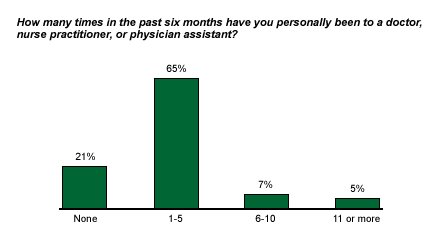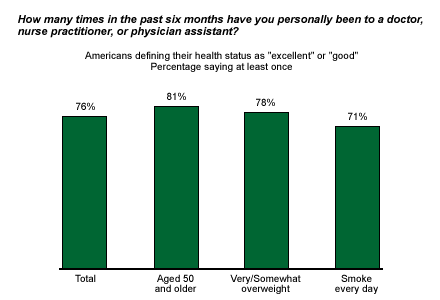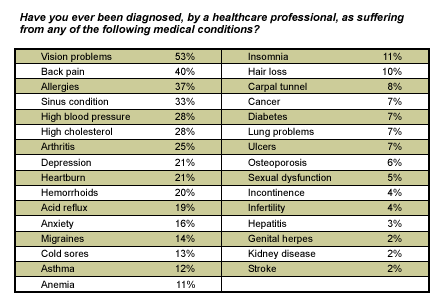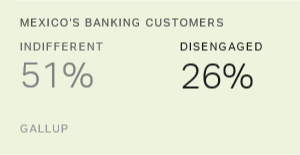With the advent of managed-care health plans in recent decades, the medical community's philosophy has changed from one of simply treating health problems to one of preventing such problems. Patients are now advised to get regular checkups to ensure they maintain good health, rather than waiting until something goes wrong to visit the doctor. Many health insurance policies cover such regular checkups.
A recent Gallup Poll Panel study* asked nearly 5,000 Americans a host of questions about their medical histories and found a large majority of respondents have recently seen a healthcare practitioner. Seventy-seven percent have "been to a doctor, nurse practitioner, or physician assistant" at least once in the past six months, while 21% have not.

Do Healthy People Go to the Doctor?
The size of this panel sample allows us to look closely at specific groups of Americans. While the study did not ask about going to the doctor for regular preventive checkups, the poll did find that many generally healthy Americans have sought medical attention recently. Looking specifically at respondents who define their health status as "excellent" or "good," about three-quarters (76%) of this group have seen a healthcare professional in the last six months. In comparison, 87% who say they are in "fair" or "poor" health have seen a healthcare professional in the last six months.
Preventative healthcare is even more important for people who are currently healthy but have various health risk factors. Americans aged 50 and older are at higher risk than younger Americans for many diseases; medical guidelines generally recommend Americans 50 and older undergo routine screening for colon cancer, prostate cancer (men), and breast cancer (women), among other things. The Gallup panel data show 81% of respondents aged 50 and older have been to a healthcare professional in the past six months.
Being overweight also puts healthy people at risk for health conditions such as diabetes, high cholesterol, and high blood pressure. Respondents who describe themselves as healthy and who say they are either very or somewhat overweight are also highly likely to have visited a healthcare professional in the past six months, at 78%.
Everyone knows smoking is bad for your health. Some statistics show nearly half a million people die each year from smoking-related illnesses -- the leading cause of preventable death in the United States. But the panel study shows self-defined healthy respondents who smoke daily are actually somewhat less likely than other healthy respondents to have seen a healthcare professional in the last six months. Seventy-one percent of smokers have done so, compared with 77% of nonsmokers.

The Most Common Diagnoses
What types of conditions do patients tend to be diagnosed with when they go to the doctor? The Gallup panel study asked Americans whether they've been diagnosed with a variety of ailments. Some of the most common diagnoses, such as back pain, high blood pressure, high cholesterol, and heartburn are often preventable with a healthy lifestyle and proper medical care.

Bottom Line
Although a majority of respondents have seen a healthcare professional in the last six months, there is still room for improvement. One in five have not visited a doctor's office in the last six months, and many of those people may be missing opportunities to treat minor medical problems before they become major problems. The large numbers who have been diagnosed with preventable conditions such as high blood pressure and high cholesterol suggest that many people could be doing more to maintain their good health.
*These results are based on telephone interviews with a randomly selected national sample of 4,984 adults in the Gallup Poll Panel of households, aged 18 and older, conducted Nov. 16, 2004, to Jan. 5, 2005. For results based on this sample, one can say with 95% confidence that the maximum error attributable to sampling and other random effects is ±1.5 percentage points. In addition to sampling error, question wording and practical difficulties in conducting surveys can introduce error or bias into the findings of public opinion polls.
